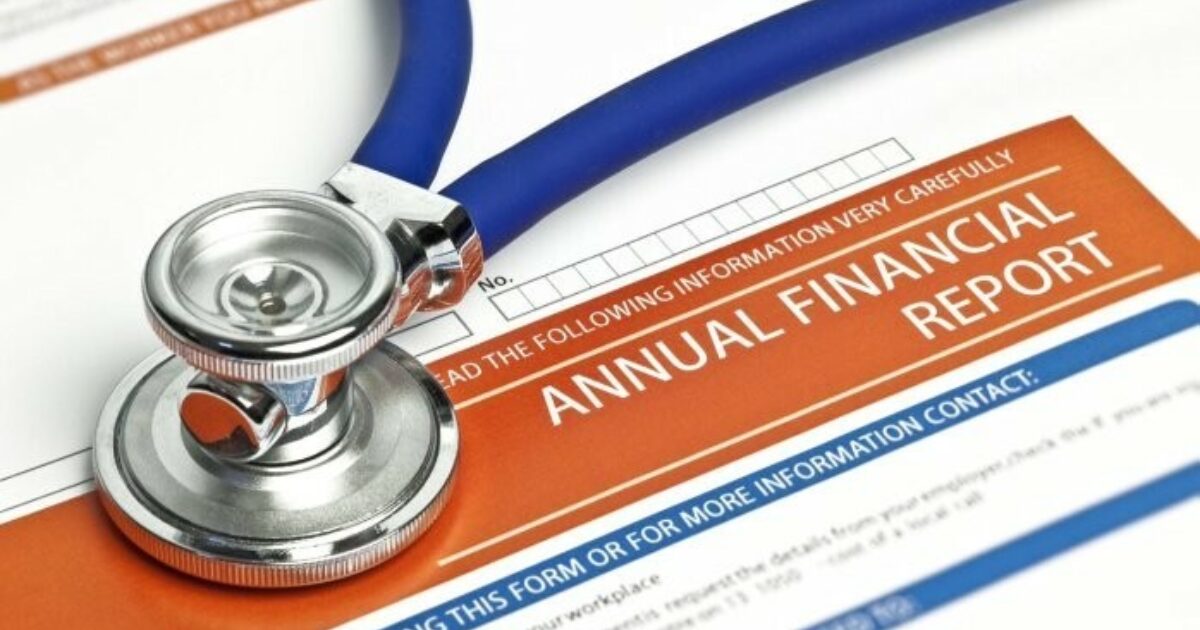There is a view among some commentators that the growing impact and value of employee health will evolve to a point that shareholders will look for a quantitative value of the ‘health asset’ on an organisation’s balance sheet.
While organisations often report on environmental and financial issues in annual reports as an indication of company’s value and potential areas of risk, there are few, if any, that assess and define the physical/psychological health of the workforce as an organisational and competitive asset.
Yet, the World Economic Forum cites health as one of the Top 10 trends that will impact the global economy in coming years partly as a consequence of the significant increase across the world in non-communicable diseases (NCD) due to unhealthy lifestyles (see World Economic Forum Top 10 Trends).
Many of the factors impacting the rise in NCD are well documented such as increasing sedentary lifestyles, stress, poor nutrition, tobacco and excessive alcohol consumption which in turn is leading to unprecedented levels of chronic health conditions such as heart disease, cancer and diabetes (Chronic Diseases and Health Promotion).
From an organisation perspective, the above factors can have a substantial impact on the productivity, capacity and effectiveness of its people, which as a major expense of a business; can in turn directly impact the profitability and sustainability of the organisation.
So for organisations that recognise the relationship between preventable disease and organisational effectiveness is linked, there is an opportunity to take a more proactive approach in measuring, educating and supporting employee health to achieve to a higher return on that asset relative to companies that ignore or provide only token attention to the same resource.
This factor has been long recognised at a macroeconomic level by organisations such as World Bank that propose up to 50 percent of the differences between the economic growth rates of developing versus developed countries can be attributed to the poorer health status between the nations (see World Bank Health and Economic Health).
While understandably there are many factors that can impact a nations health, workplaces are increasingly being recognised as a front line from which the reversal of NCD due to unhealthy lifestyles can be fought such as in the World Health Organisation’s Global Plan of Action on Workers’ Health (see WHO Global Action Plan).
So if workplace health is to be regarded as a key asset linked to organisation’s success, there is a necessity for companies to take a more strategic approach in understanding their current health resource and any factors that may be eroding or could be accumulating those stocks for the business.
This approach requires a fundamental change in the focus, responsibility and emphasis on ‘Health and Wellness’ in an organisation, evolving it from a ‘nice to’ employee benefit to a ‘must do’ strategic imperative for those charged with optimising the use of the shareholders’ key assets.
Similarly the strategies, programs and investments required should not be ‘me too‘ or generic trend based items rather than tailored and orientated to the company’s strategic priorities, the profile of the workforce and the industry landscape, exactly the same as financial, technical and product decisions can enhance or inhibit the return on other key organisational assets.
While many organisations continue to grapple with the ROI of ‘wellness investments’ at a tactical level, the factors above indicate the growing potential to measure and report on the extent to which the collective health of an organisation is growing or declining and track this against the productivity, revenue and profitability indices of the organisation.
The prospect for organisations that embrace the growth of health as an asset will be not only be a stronger balance sheet, but a stronger link in the eyes of all stakeholders in the organisation’s capacity to measure, manage and optimise the triple benefits of financial, social responsibility and human resource contributions from the enterprise.
Subscribe
Sign up to get exclusive access and special advice on How to create a happier workplace in 7 steps...
Try our services for free!
You have no obligation. Connect with us for you or your employees to trial the Rewarding Work Radar to identify opportunities for us to help you.
Or just send us an email with your questions and we’ll let you know what other best practice organisations are doing.
Contact Us
